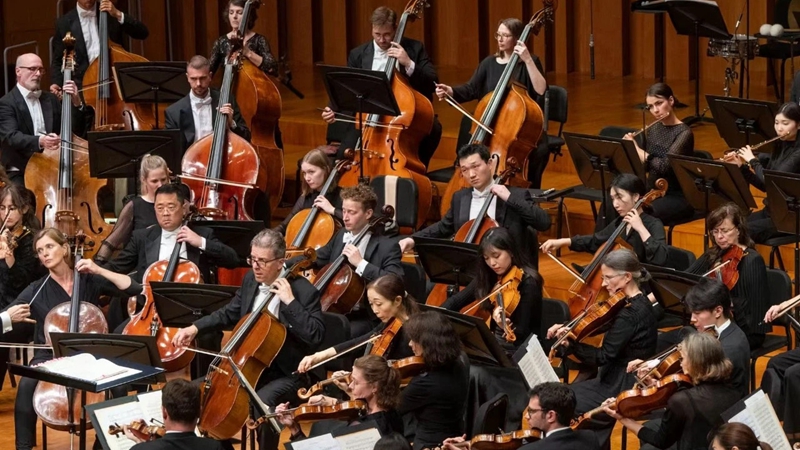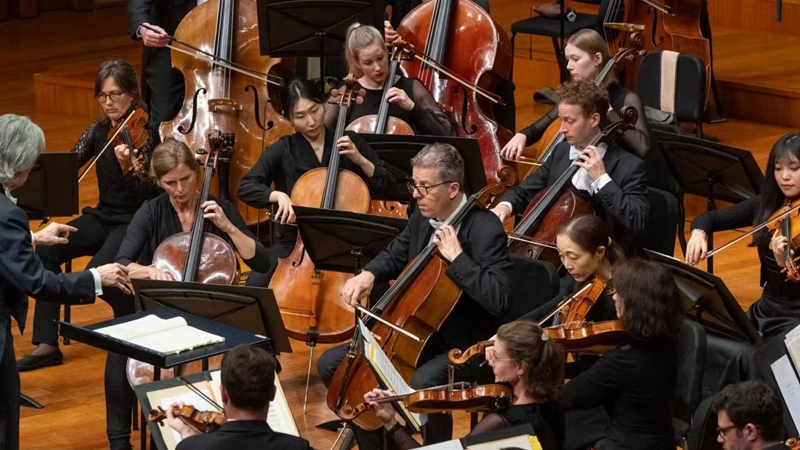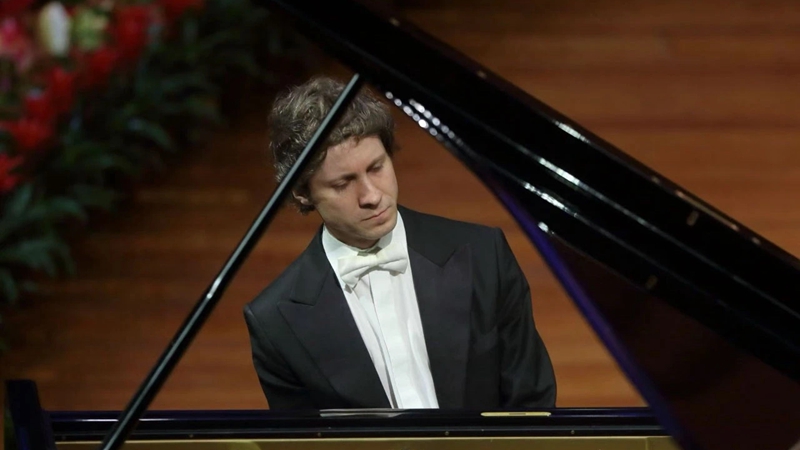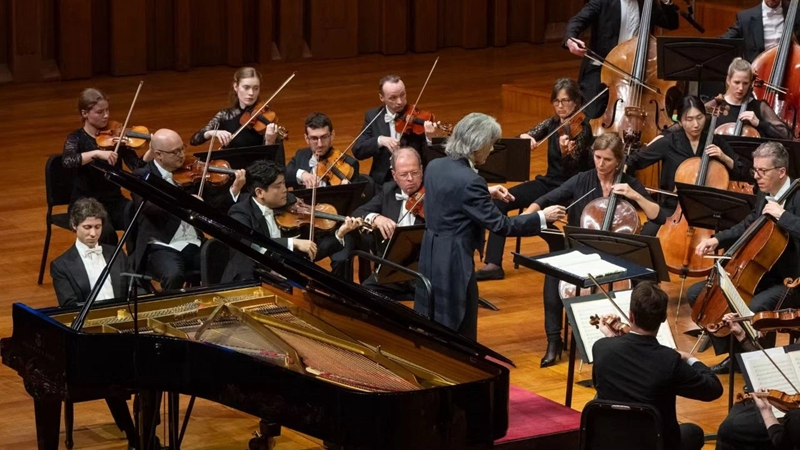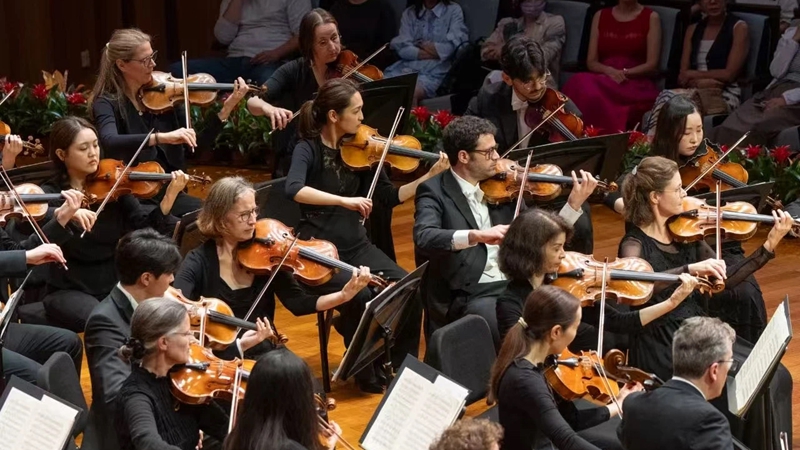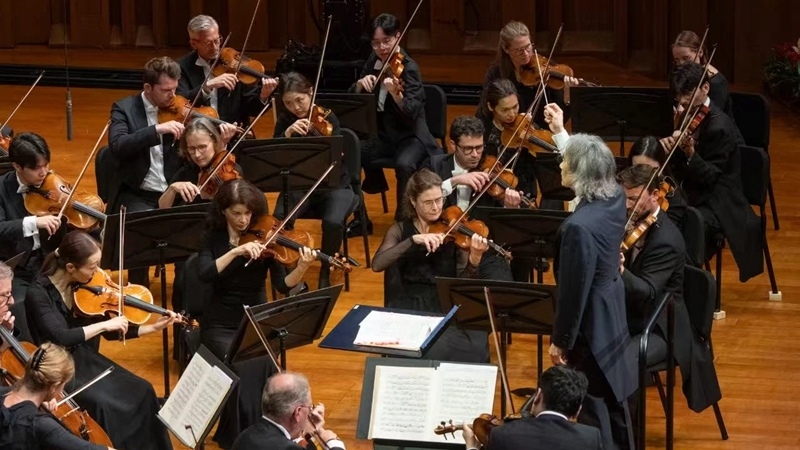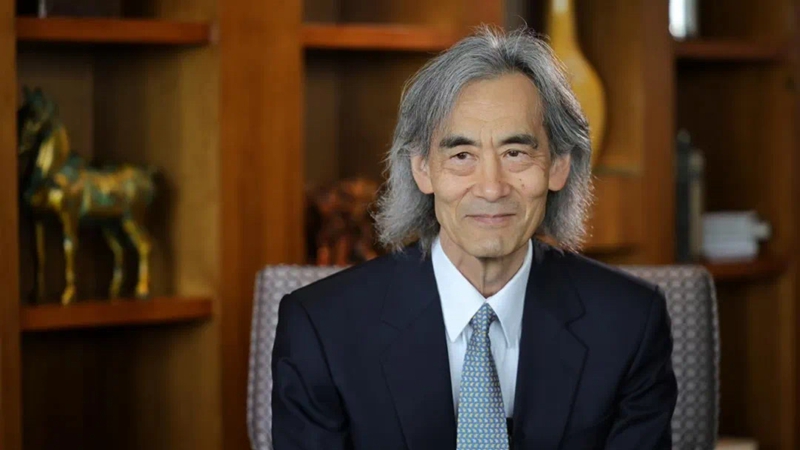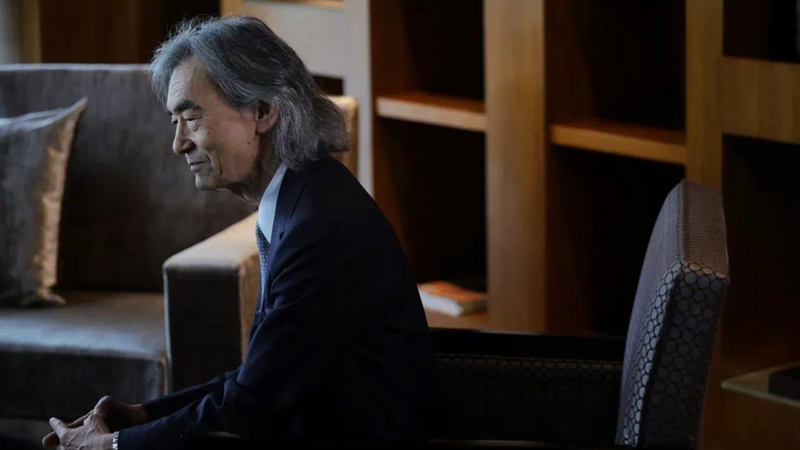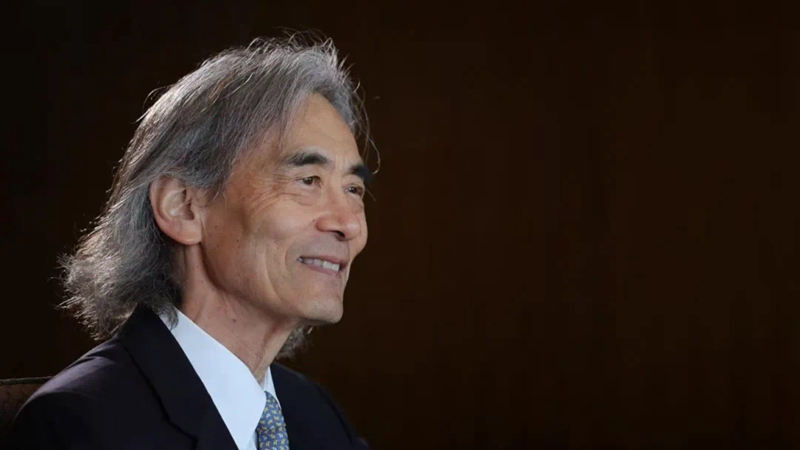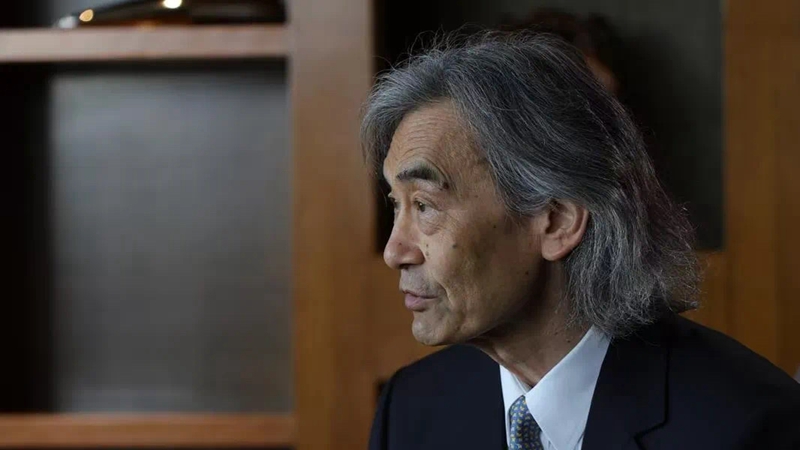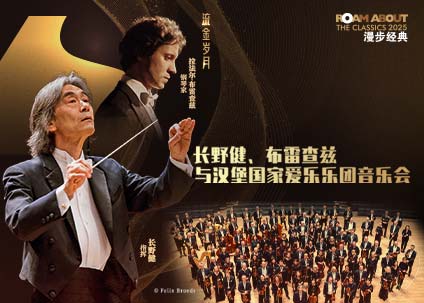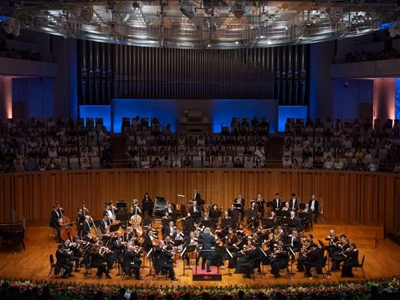This evening, Maestro Kent Nagano takes the stage once again at China's National Centre for the Performing Arts (NCPA) as part of the "Roam about the Classics" concert series. Joined by Chopin Competition laureate Rafał Blechacz and the esteemed Hamburg Philharmonic State Orchestra, Maestro Nagano leads Beijing audiences through a rousing symphonic journey. With his poised and restrained baton, Nagano exudes a singular elegance and control, while the orchestra's warm, resonant German-Austrian sound demonstrates formidable musical strength in its China debut. This captivating evening of classical music will undoubtedly rank among the most memorable performances of the year.
As one of the foremost conductors on the global classical stage, Kent Nagano is known for his analytical reading of scores, clarity in voice leading, and refined musical restraint. Rather than relying on overt emotionality, his approach emphasizes structural logic and the inner workings of the music—especially in German and Austrian Classical and Romantic repertoire. Tonight's program featured Mozart's transcription of Bach's Prelude and Fugue in D Minor, Mozart's Piano Concerto No. 24 in C minor, and Brahms's monumental Symphony No. 4.
The opening piece set the tone for the evening. Under Nagano's baton, the strings offered a solemn and dignified sound, evoking the rigor and balance of Baroque counterpoint with a tinge of melancholy.
Following the opening, Polish pianist Rafał Blechacz joined the orchestra for Mozart's Piano Concerto No. 24 in C Minor, one of the few minor-key concertos in the composer's oeuvre. The work is imbued with drama and introspection. Blechacz delivered a performance marked by crystalline articulation and luminous tone. The slow movement revealed his expressive lyricism, and his dialogue with the orchestra was fluid and natural. Balancing Classical elegance with nuanced emotional shifts, Blechacz brought extraordinary musical sensitivity to the piece. As an encore, he offered Chopin's Mazurka in A Minor, Op. 17, No. 4.
The highlight of the evening came after intermission with Brahms's Symphony No. 4, a masterpiece of structural complexity and emotional gravity often regarded as the pinnacle of Brahms's symphonic writing. Nagano's interpretation emphasized the symphony's architectural integrity. With masterful pacing and control, he guided the orchestra through a powerful emotional arc, culminating in a deeply cathartic experience.
In the first movement, the somber, contemplative violin theme immersed the audience in a tense musical landscape. The second movement, lyrical and radiant, offered a moment of spiritual clarity. The playful third movement served as a lively interlude before the weighty final movement: a passacaglia of profound depth. Nagano's precise control of rhythm and balance among voices clarified the complex contrapuntal textures, building toward a tragic climax that lingered in the air long after the final chord.
The audience's thunderous applause was rewarded with two encores: the fourth movement of Ligeti's Romanian Concerto and Brahms's Hungarian Dance No. 5.
Prior to the performance, Maestro Nagano spoke to the press about the orchestra's rich cultural heritage. He noted the ensemble's unique ability to produce a wide spectrum of colors—evoking the sea, the sky, even glimpses of childhood in Brahms's music—thanks to its diverse cultural influences.
Nagano emphasized the profound ties between the orchestra and the three composers featured in the program—Mozart, Bach, and Brahms. Such historical resonance is both a distinctive advantage and a source of great pride for the Hamburg Philharmonic State Orchestra.
Brahms, who was born and educated in Hamburg, is a particularly central figure. His Symphony No. 4 is often seen as a turning point toward 20th century music. The final movement, based on the Baroque passacaglia form, exemplifies how Brahms looked back into history to push compositional boundaries forward. By fusing historical materials with innovative techniques, the symphony becomes a revolutionary and forward-thinking work.
"Reflection and forward motion" is more than a guiding principle for the Hamburg Philharmonic State Orchestra—it is a musical legacy handed down by composers like Brahms, who bridged the past with the future through their art.
Tomorrow evening, Maestro Nagano and Rafał Blechacz will return with a new program featuring Jörg Widmann's Con brio, Beethoven's Piano Concerto No. 3, and Symphony No. 7, in tribute to the 255th anniversary of Beethoven's birth.
 Repertoire
Repertoire
 Films
Films
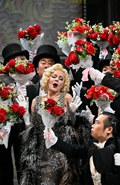 Videos
Videos
 Podcast
Podcast
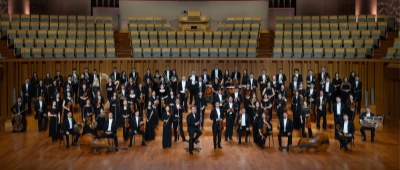 China NCPA Orchestra
China NCPA Orchestra
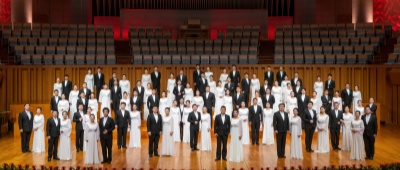 China NCPA Chorus
China NCPA Chorus
 NCPA Resident Singers
NCPA Resident Singers
 Buildings
Exhibitions
Buildings
Exhibitions
 Opening Hours
Services
Opening Hours
Services
 Western Cuisine
NCPA Café
Arts Gifts
Western Cuisine
NCPA Café
Arts Gifts











